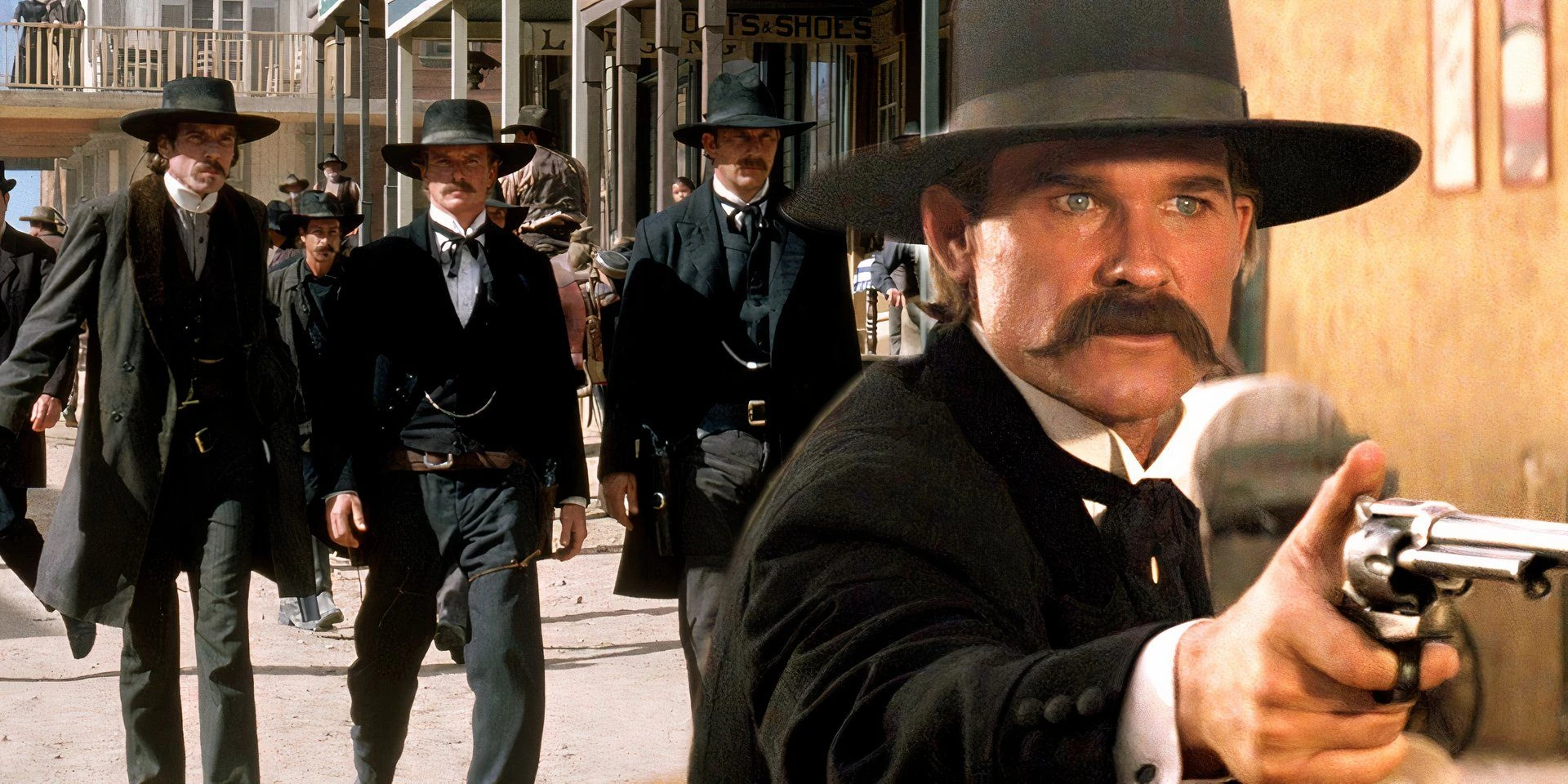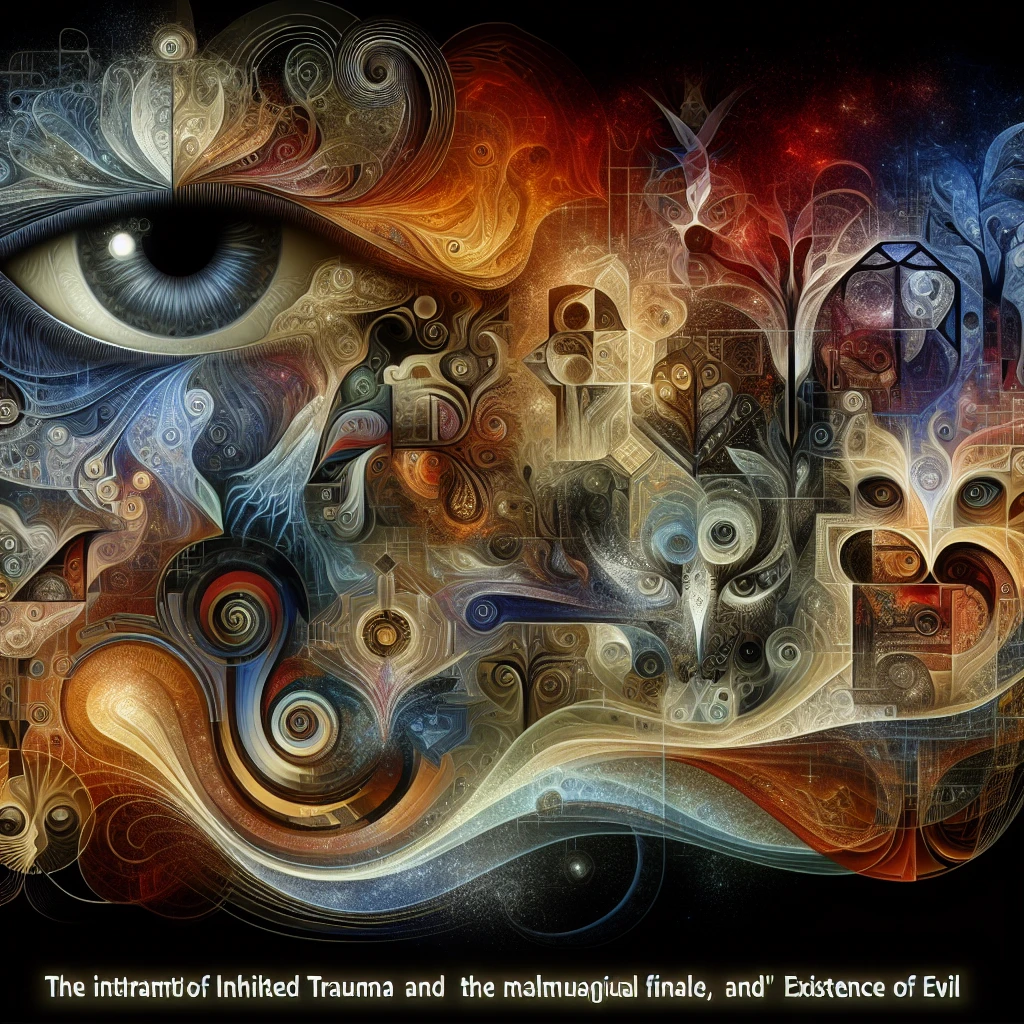Visual Effects Breakdown: The Curious Case of Benjamin Button
The 2008 film, The Curious Case of Benjamin Button, directed by David Fincher, is a cinematic journey into a world where the protagonist, played by Brad Pitt, is born as an elderly man and ages backward. Alongside Cate Blanchett, Taraji P. Henson, Tilda Swinton, Julia Ormond, and Elias Koteas, this film was a contender for numerous Oscars, including Best Picture, Best Actor, Best Supporting Actress, and Best Directing.
Recently, the Corridor Crew, a team of visual effects artists, delved into the VFX intricacies of this film, particularly focusing on the photorealistic depiction of Benjamin’s face.
The Corridor Crew’s VFX Analysis
Pioneering Photorealism
Niko, one of the artists, remarked, “Benjamin Button, in my opinion, is the first film to have a photo-real human face.”
Clint responded, “So wait, out of context, you would think this man is a real old man baby?”
Niko added, “Out of context, I might think he’s wearing a mask maybe.”
As they reviewed a scene featuring Brad Pitt, the artists expressed amazement at the visual effects with words like “good,” “flawless,” and “wow,” particularly highlighting how realistic the beard appeared.
Clint exclaimed, “What? That looks so good!”
Niko affirmed, “Yeah, that looks perfect. It still holds up, it’s flawless.”
Clint continued, “The beard scruff, I feel like I can cut my hand on his beard. And like dude, the lighting.”
Jordan noted, “Literally, that hand touching the face.”
The Role of Light Simulation
Niko explained the significance of light simulation in creating realistic scenes, especially for Benjamin’s older appearance:
“So we were just talking about how, when you get it all in the render with light simulation, it can look really photoreal. And I think we’re seeing that with his old man head here. Because it looks amazing.”
As the film progresses and Brad Pitt’s character de-ages, the VFX team enters the realm of compositing, a process that sometimes prompts a “huh, what?” reaction.
Compositing and De-Aging Techniques
In another scene, where Benjamin appears younger, Clint observed the strategic use of shadows to mask less successful visual elements. Niko elaborated on the compositing process:
“What do I mean by compositing for de-aging? I mean, you film Niko Pueringer in real life, going wah wah wah wah, and I’m like alright, make me younger. They track a 3D model to my head, so that you can then get the video data of me, so that you can then go into your program like Photoshop, to paint out wrinkles, and things like that off the video, which you basically tone down to a texture applied to a 3D model.”
This meticulous compositing work involves tracking and removing wrinkles and shadows, thereby altering the face’s form. As Niko explained, “Like the cheekbones here, they’re going to actually make it all brighter, because whether or not they actually change dimensionality doesn’t really matter. It’s your eye’s cue a dark spot is giving things volume, so you just track in white splotches onto the face. And you got de-aging.”
Consistency and Craftsmanship
The crew continued to express admiration for the visual effects, particularly the consistency and craftsmanship involved.
Clint marveled, “It is very clever. How do they keep that consistent?”
Niko concluded, “That’s pure craftsmanship right there. Like, that’s going in and being a true artist.”
What The Corridor Crew’s Analysis Says About Benjamin Button
Benjamin Button Was A Visual Marvel At The Time
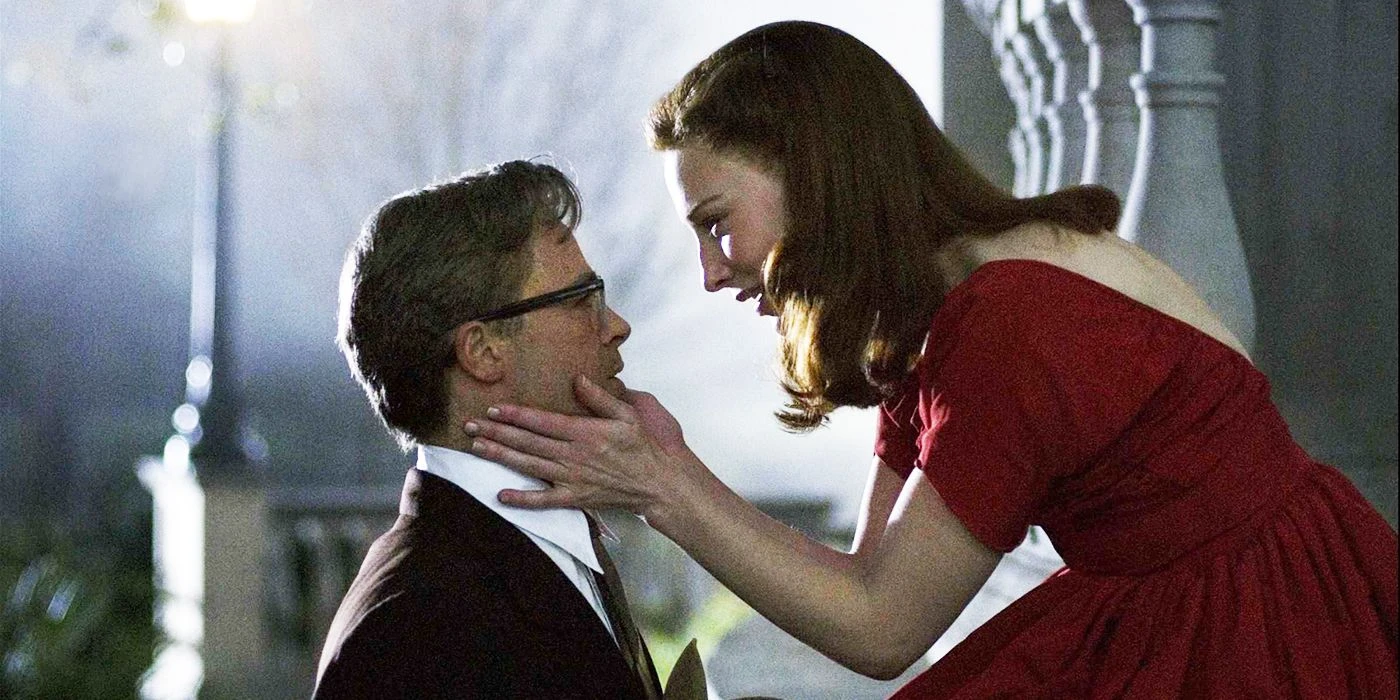
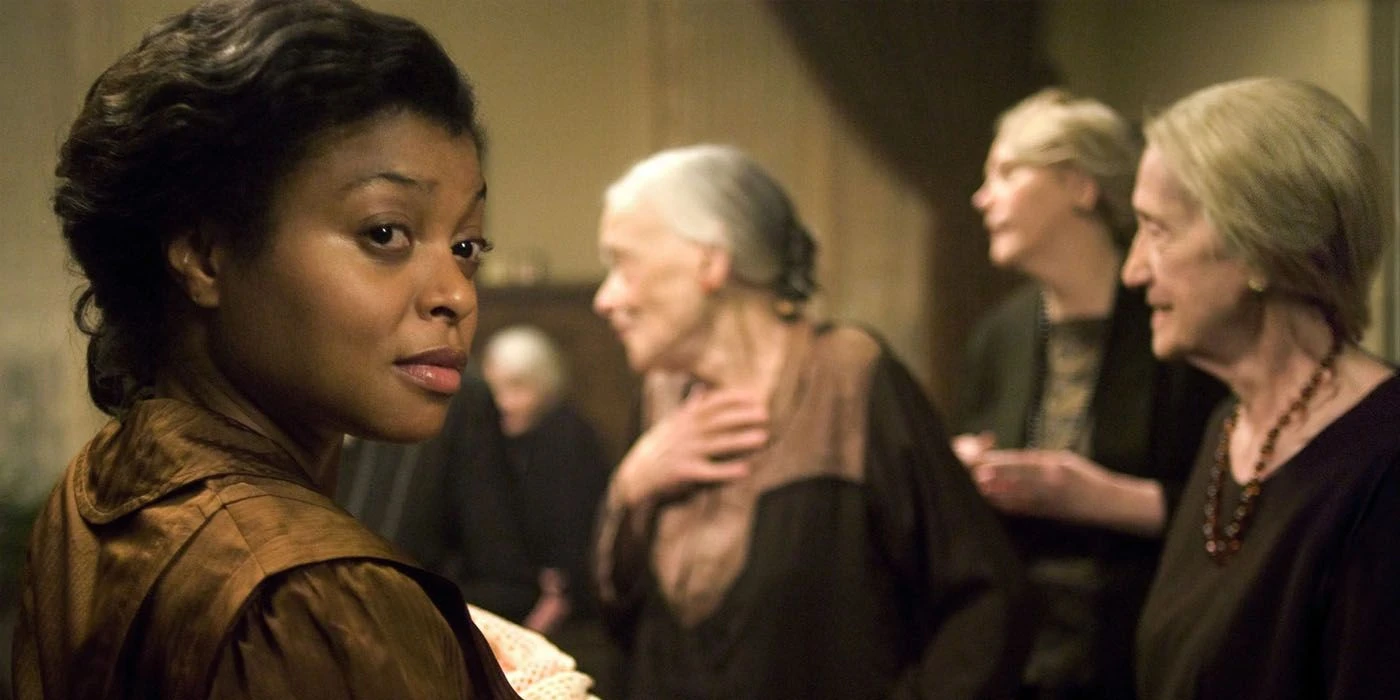
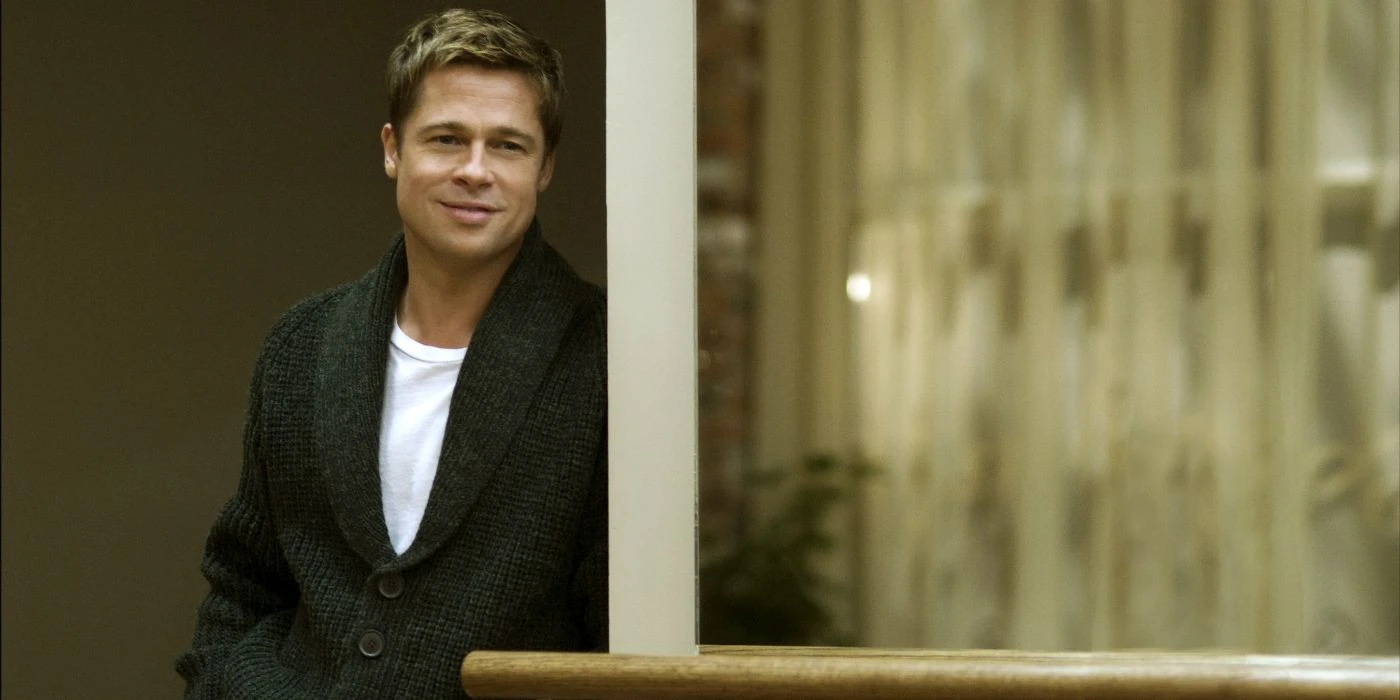
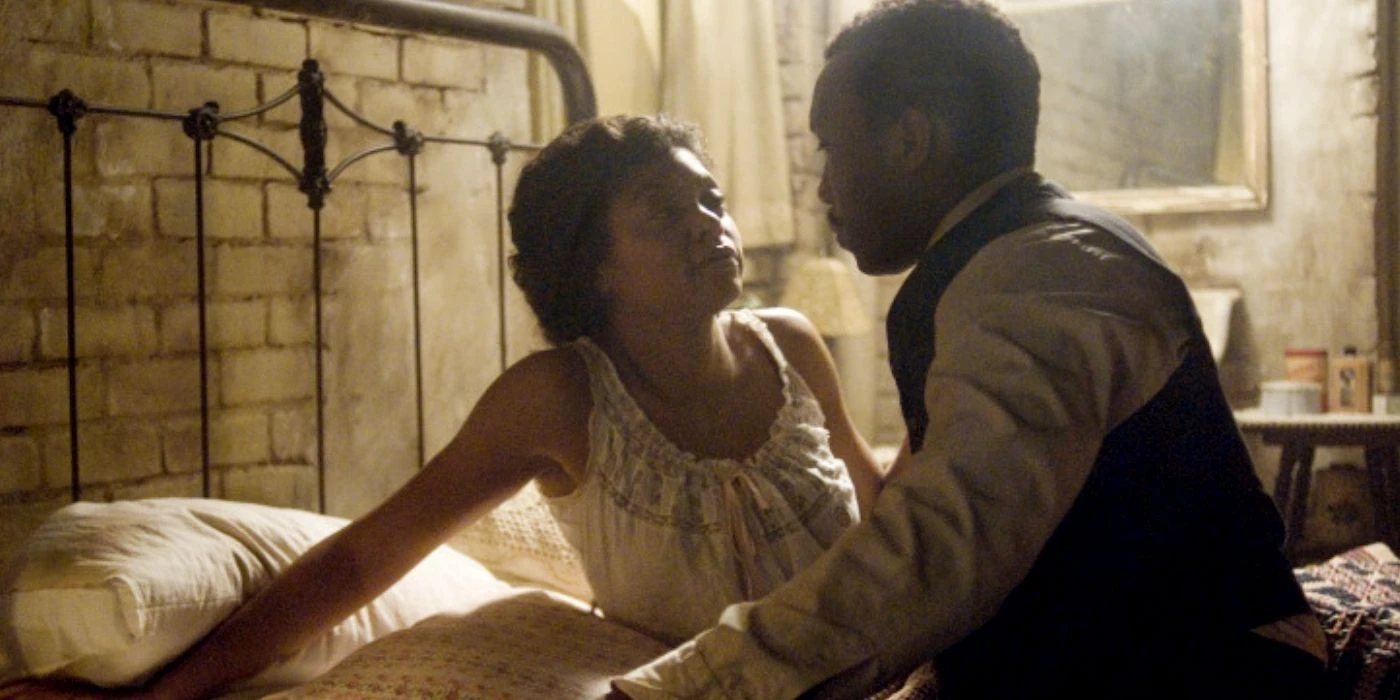
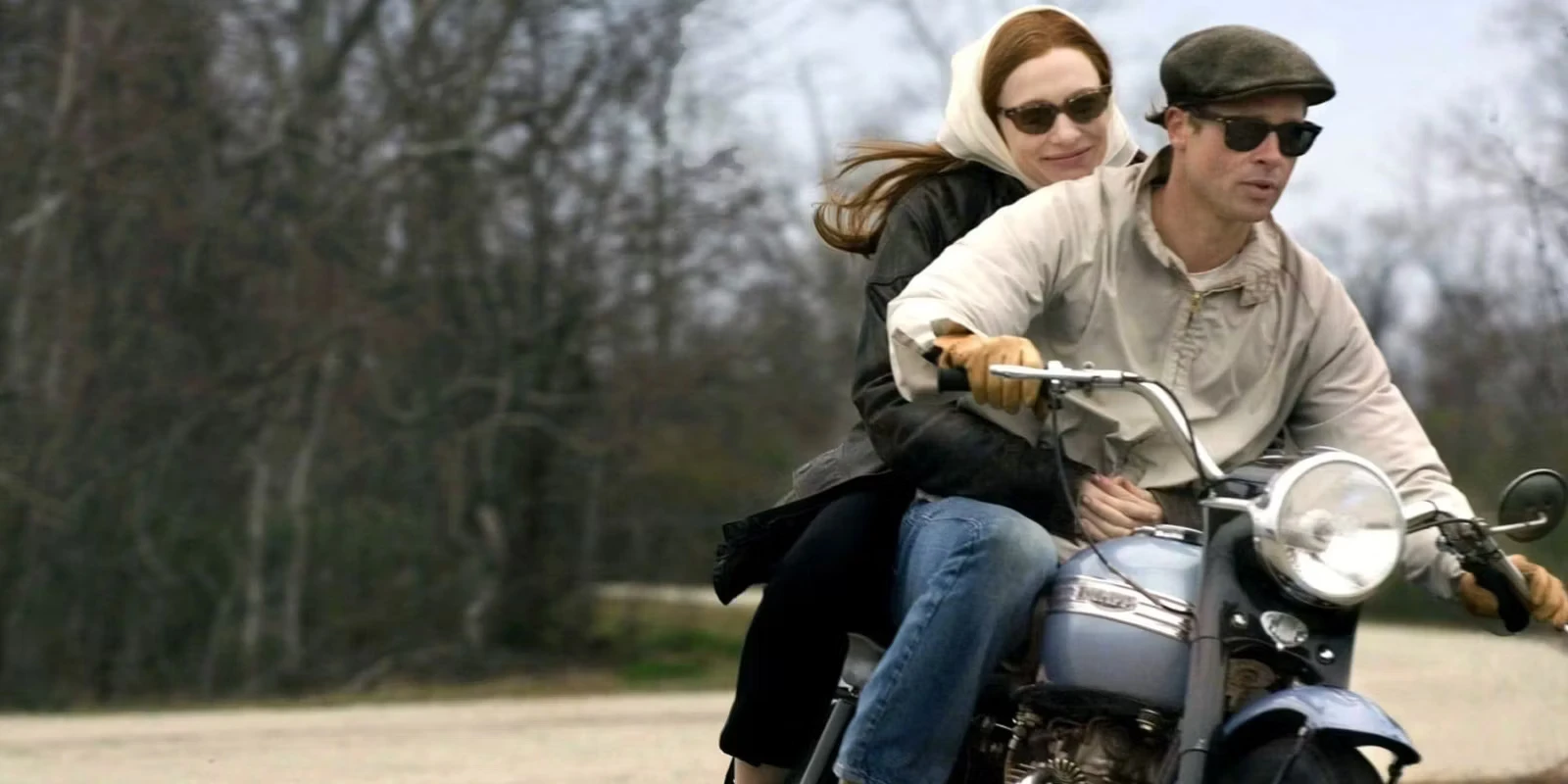
One of the most intriguing aspects of the Corridor Crew’s analysis is their explanation of the de-aging process. The technique begins with filming a person’s movements and applying a 3D model to their face or body. This model is then edited in a program like Photoshop to remove wrinkles and alter textures, making the person appear younger. The combination of this technology with strategic lighting played a crucial role in the film.
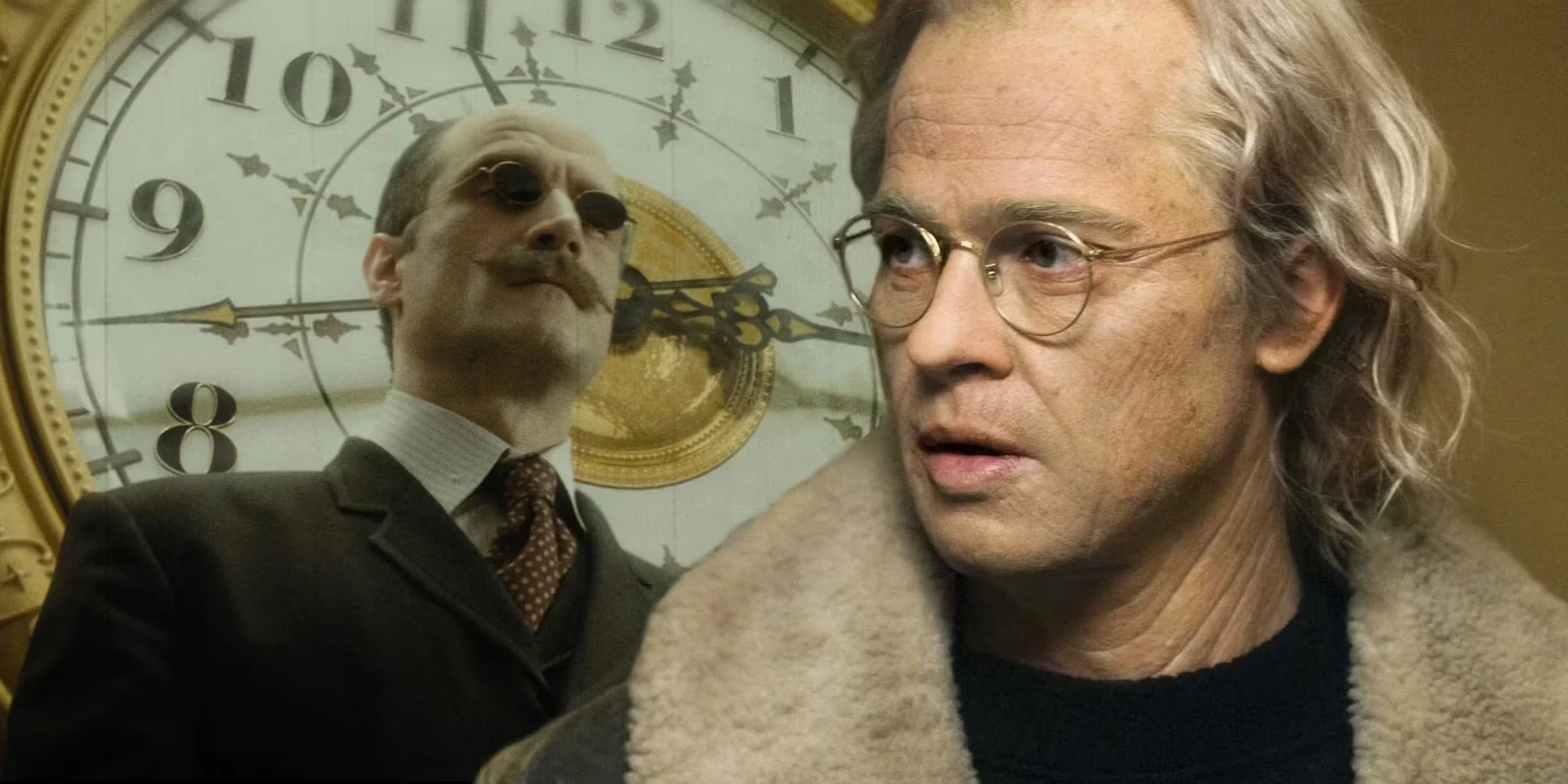
The Curious Case of Benjamin Button's Ending Explained
It’s no surprise that The Curious Case of Benjamin Button won an Oscar for Best Visual Effects, along with Best Makeup and Best Art Direction. The Corridor Crew praised the film’s photorealistic face, noting how it has remained impressive over the years. The film was visually ahead of its time and continues to stand out as a significant achievement in visual effects.
The Curious Case of Benjamin Button’s Technology Is More Ubiquitous Now
De-Aging Is Used In Many Films
While The Curious Case of Benjamin Button was groundbreaking in its use of de-aging technology, this technique is now commonly employed in many films, such as Martin Scorsese’s The Irishman. Although de-aging was revolutionary during the time of Benjamin Button, its usage and execution have become more scrutinized today. Films like The Irishman demonstrate varying levels of effectiveness, lacking the same age-related emphasis as seen in Benjamin Button. Nonetheless, the legacy of Benjamin Button as a visual trailblazer remains undeniable.
Source: Corridor Crew
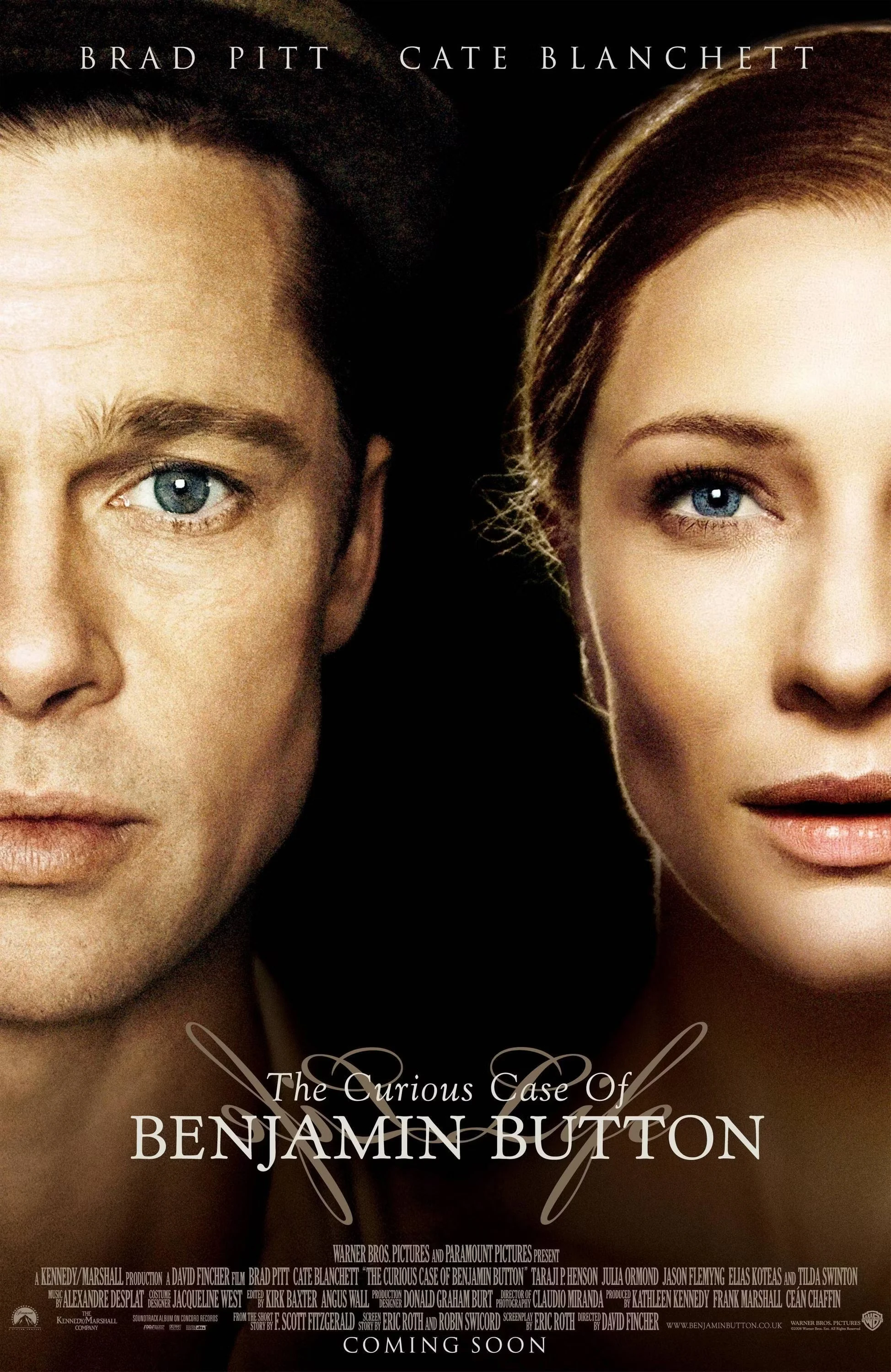
The Curious Case of Benjamin Button
- Drama
- Romance
- Fantasy
Based on a short story by F. Scott Fitzgerald, The Curious Case of Benjamin Button stars Brad Pitt as the titular character, a man who seemingly ages backward. Born with the appearance and aliments of an old man, the story follows Benjamin Button's life as he slowly de-ages, chronicling his love story with a woman named Daisy. Cate Blanchett, Mahershala Ali, and Taraji P. Henson also star.


